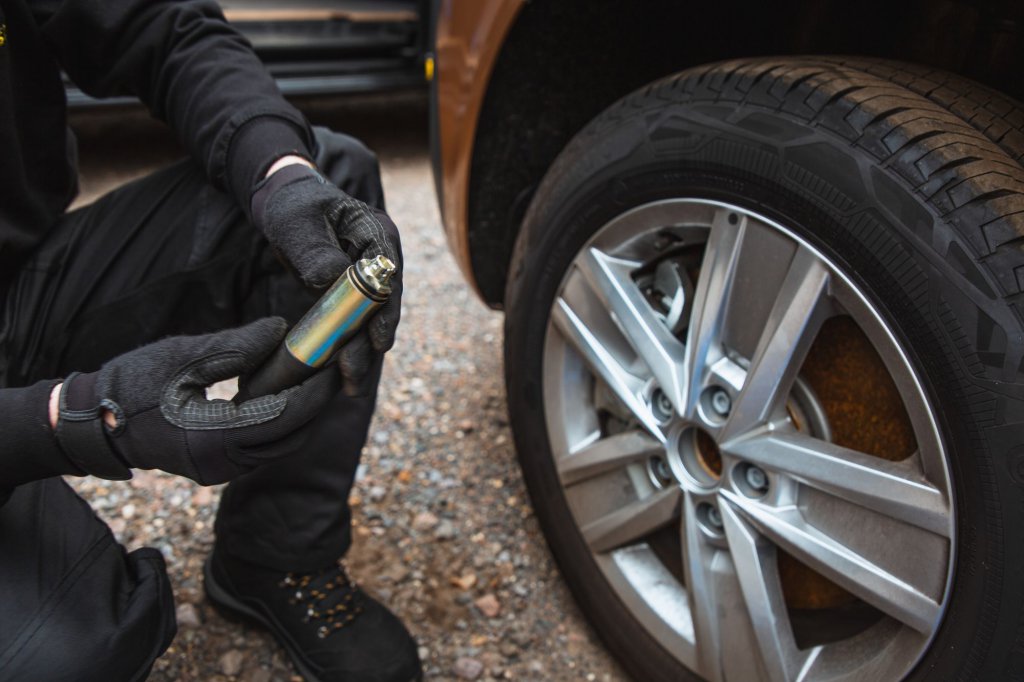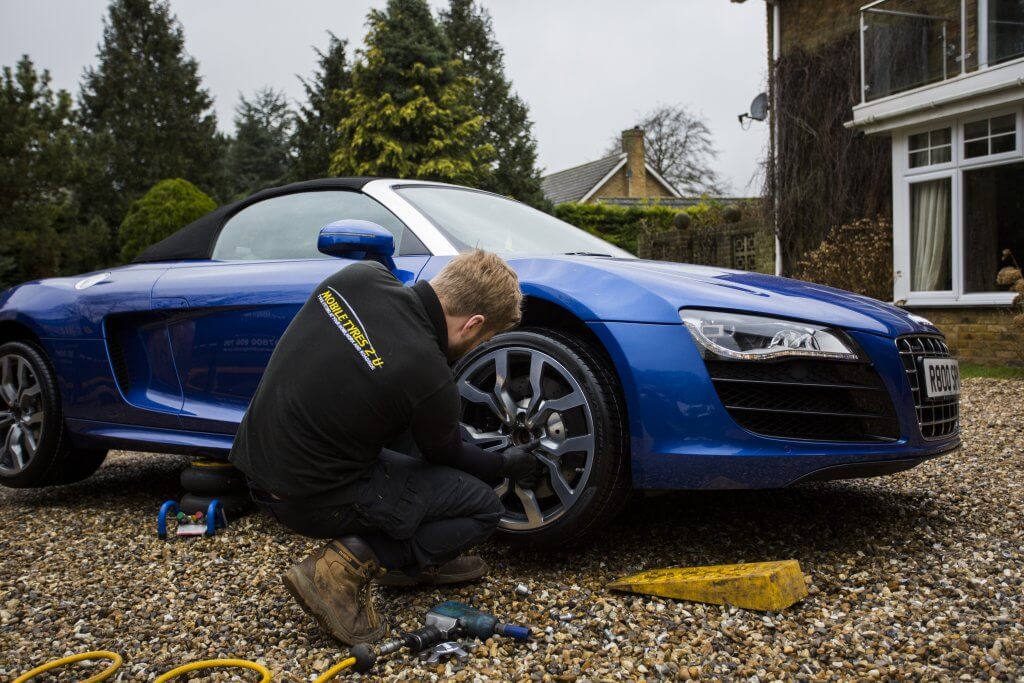How to check your tyres for damage
Tyres · Posted by: Mobile Tyres 2 U · 31st March 2019
Keeping your beloved car looking good and performing well takes minimal effort – as long as you do it little and often. Tyres are in particular need of attention; a damaged or punctured tyre can prove dangerous to yourself, your passengers and other road users.
Whether you’re performing regular maintenance, or your tyres are looking a little worse for wear, in this article, we’ll cover how to spot the signs of tyre damage, including how to tell when it’s time to replace them, and what actions you should take in the event of a puncture.
How to check a tyre for damage
Regularly checking your tyres doesn’t take much time, and will help keep you and other road users safe. The following tips will help you identify damage, and establish when it might be time to get new tyres.
- Shiny, worn surfaces are the first telltale sign you may need a fresh tyre. Excessively worn treads are especially dangerous – and potentially illegal. To determine whether the tread of your tyres are still within legal realms is to take a 20p piece and slot it between the tyre treads. If the outer band of the coin is obscured, your tyre’s treads are legal. Do this at various points around the tyre. Sometimes the tread wear may be uneven, which can be a sign of improper inflation.
- Look out for any bulges, bubbles, or blisters on the outer surface of the tyre, as these could be signs of internal damage and weak spots – immediate replacement is usually recommended.
- Cuts, splits or cracks in the sidewalls may worsen over time, so it may be necessary to replace the tyre instead.
- Feeling vibrations as you drive could be a signal of a number of things, including misalignment or internal tyre damage.
- Under-inflated tyres are hard to spot, especially since tyres can deflate so gradually. Tyre gauges are something you can purchase and use at home, and are an easy way of checking tyre pressure.

What to do when you get a puncture
Firstly, don’t panic and keep a clear head. This will help you remember these tips better, and make clear decisions that can help prevent injury to yourself – and your car. Punctures usually refer to a slow release of air, whereas a blowout is more sudden and may cause collapse of the tyre.
Follow these key steps:
- Notice the signs of puncture, including swerving or shuddering, or the wheel seeming heavy.
- If your car is swerving, don’t steer in the opposite direction – this may result in further loss of control. Avoid making sudden steering movements.
- Don’t brake suddenly, as this may worsen the situation. Instead, try and gently maintain your speed, whilst calmly directing your car to a safe spot at the side of a road.
- Once you have a stopping location in mind, bring the car to a controlled stop. Depending on the severity of the puncture, this final location may be your home.
- Call out a professional mobile fitting company to replace your punctured tyre.
Have you experienced tyre damage or a puncture? We come to you, 7 days a week, with our mobile tyre fitting service throughout High Wycombe, Watford, and beyond. Here at Mobile Tyres 2 U, we pride ourselves on our fast, flexible service that will see an expert attend to you on the same day. Contact us today to discover more.

